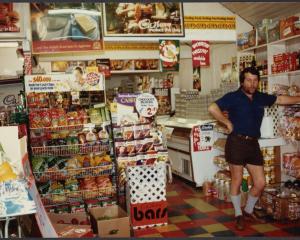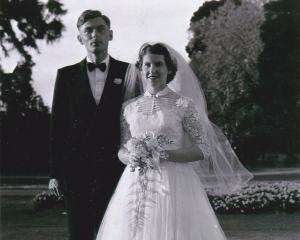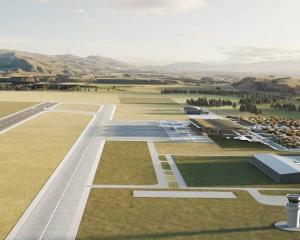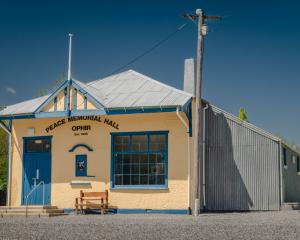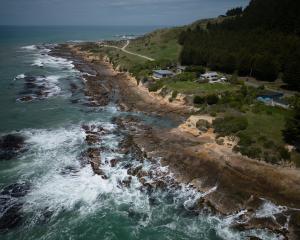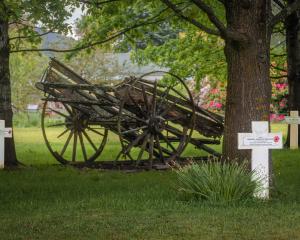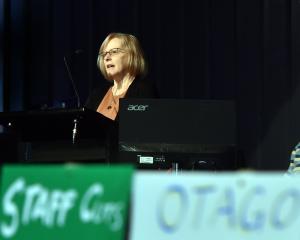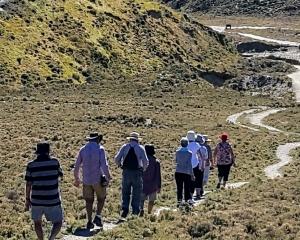Sometimes you just wished your talent matched your boyhood enthusiasm; that you could emulate your sporting heroes just a little.
- The sport: Cricket
The event: The Australian Invincibles' Ashes triumph
The place: England
The date: 1948
Never mind.
Dreams are free, as they say.
Make believe is possible and those heroes can be admired from afar.
My three brothers and I, and a cousin - also a cricket tragic - and the occasional interloper would spend endless after-school hours throughout the summer on a grass strip beside the Knox College tennis courts, in Dunedin.
There we would make up teams from the present and past, with Australia often battling England.
New Zealand's cricketing credentials were simply too modest in the late 1960s.
There, we could pretend to be our champions- the players we listened to on Sports Roundup or read about in the cricket literature, the players listed in my much-studied book of cricket records.
The greatest team of them all, the one I would have loved to watch, was the all-conquering Australian Invincibles of 1948.
Led by "the Don", the incomparable Donald Bradman, it trounced a handy English line-up 4-0.
Opening was the stylish left-hander Arthur Morris, who scored more runs than even Bradman in that series and who was chosen by Bradman in his greatest Australian team of all eras.
Batting about No 5 was Keith Miller, the glamorous, rebellious, boisterous former fighter pilot.
He bowled and batted with power and verve and was a brilliant slips fieldsman.
He would bolt into anyone's all-time Australia XI. "The Australian in excelsis" as writer Neville Cardus described him.
"Pressure is a Messerschmitt up your arse.
Playing cricket is not," Miller once famously said.
Then there was speedster Ray Lindwall, pipped, it must be admitted, by Lillee and McGrath but not far behind.
And Australia has produced few better left-handers than Neil Harvey.
The black-and-white photographs of the era show record crowds enjoying marvellous sport as an antidote to post-war rationing and austerity.
They were excited, no doubt, not just by the formidable Australians but also by a talented English team.
Len Hutton - despite an arm withered in a wartime commando training accident - was England's second-best batsman, behind only Jack Hobbs.
His 364 at the Oval in 1938 is still the highest individual score between the Ashes foes.
Dennis Compton, of Middlesex and Arsenal, close friend of Miller, would also make my all time England team.
He was a dashing batsman who became the face of Brylcreem.
Bill Edrich also delighted late 1940s' cricket followers with his run-scoring feats, Cryil Washbrook was one of England's most reliable openers and Alec Bedser was one of its canniest medium-fast bowlers.
Godfrey Evans still ranks as one of the best wicketkeepers and a certain spinner by the name of Jim Laker was also playing - famous for taking 19 wickets in an Ashes test in 1956.
But how demoralising the fourth test at Headingly must have been. England scored 496 and 368/8 declared and Australia 458, and then Morris and Bradman led the way to victory as Australia flayed 404/3 in just less than a day on a heavily worn wicket.
In the next test came one of cricket's most famous moments.
Bradman in his final test innings, needing only four runs for a career average of 100, was bowled for a first-ball duck.
Perhaps one reason the Invincibles are so memorable was because the vice-captain would later become such a familiar name - and voice.
On weekend nights I would pull the couch over to our valve radio, hunt through the hiss and static of shortwave and then, until I dropped off to sleep, listen to comments man Lindsay Hassett from the latest Ashes series from England.


